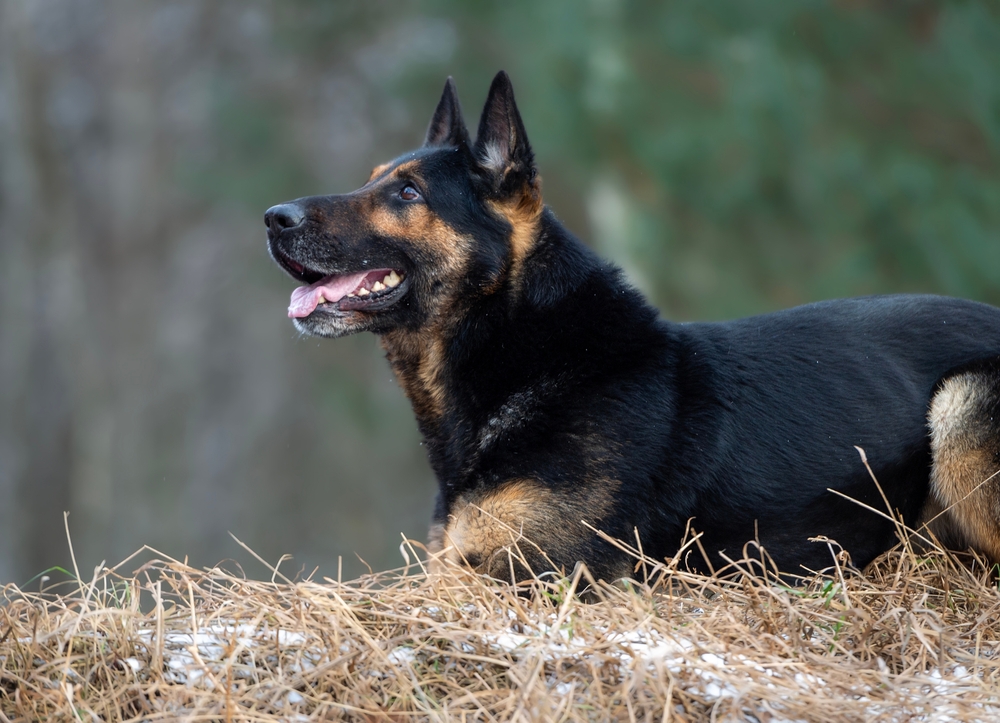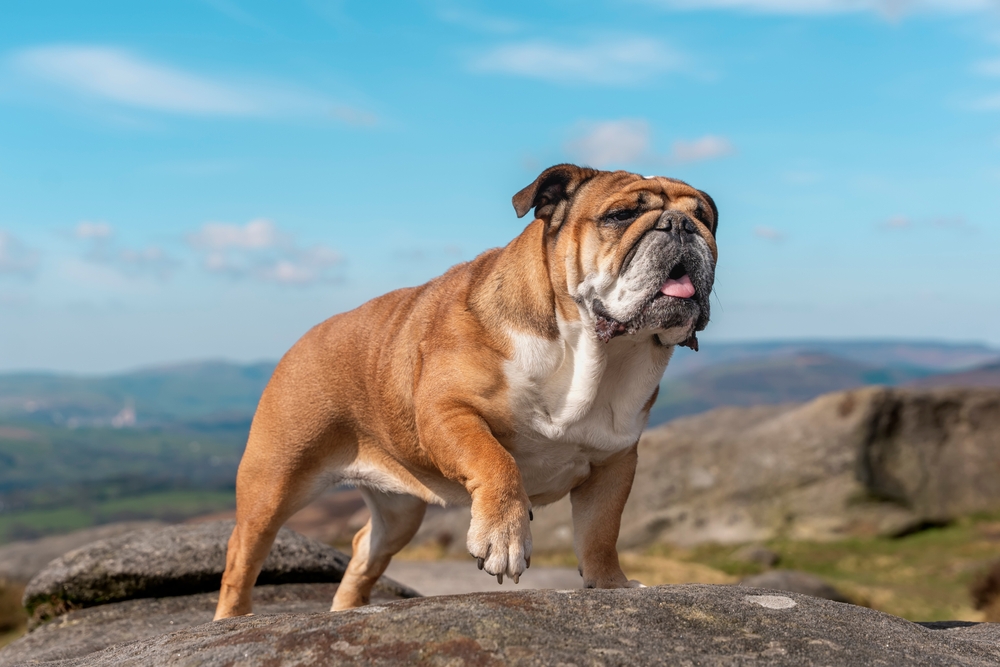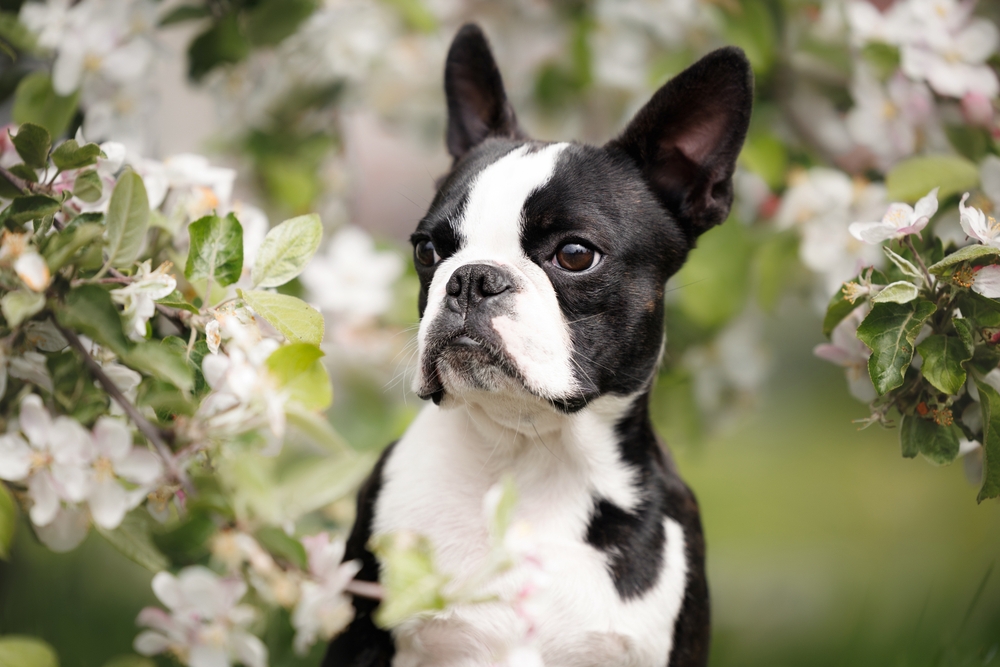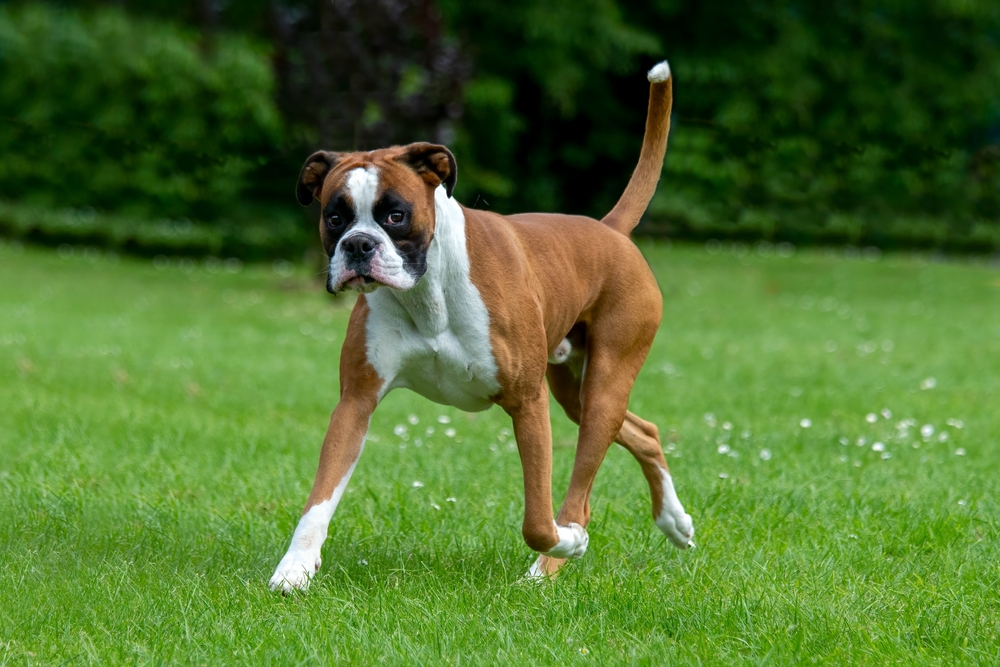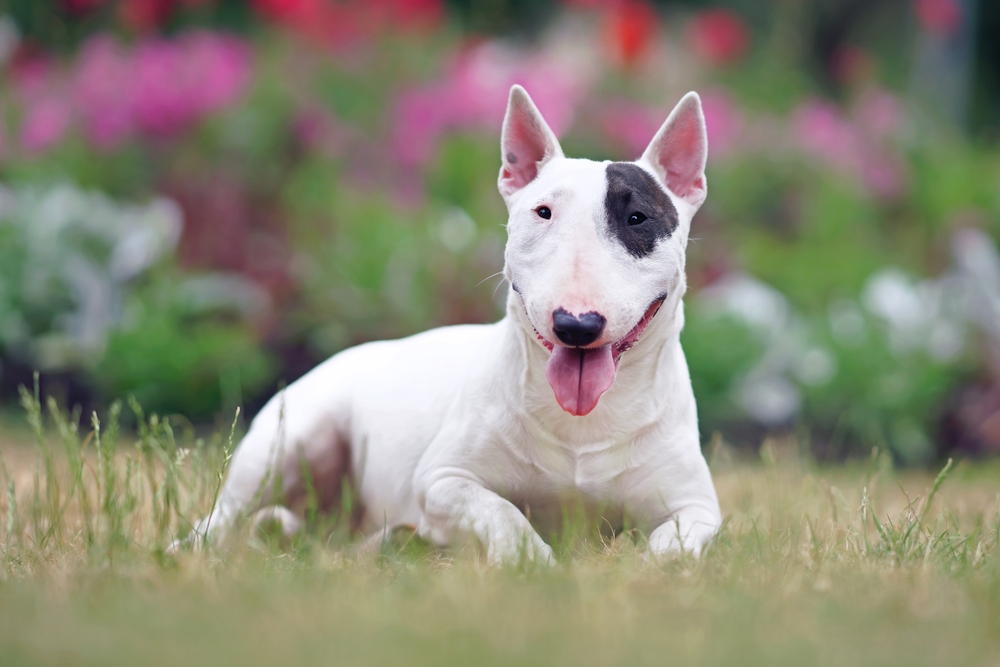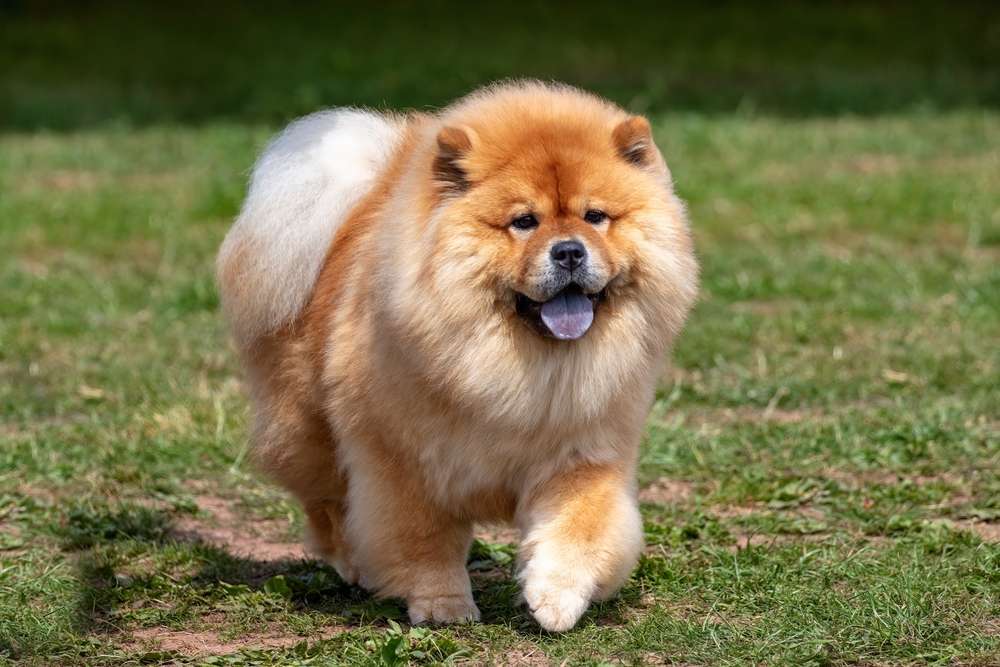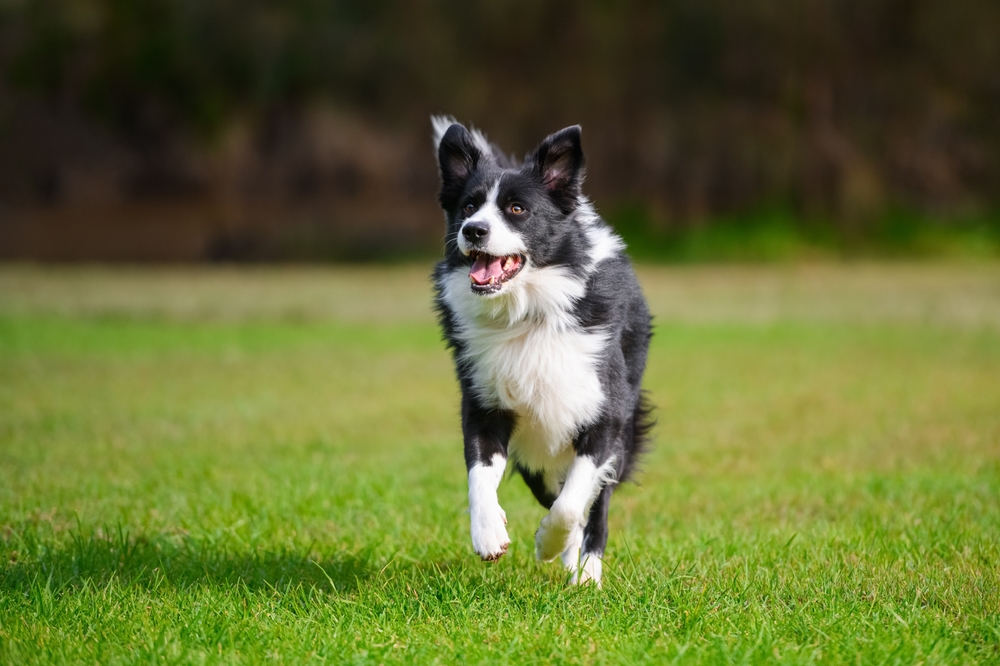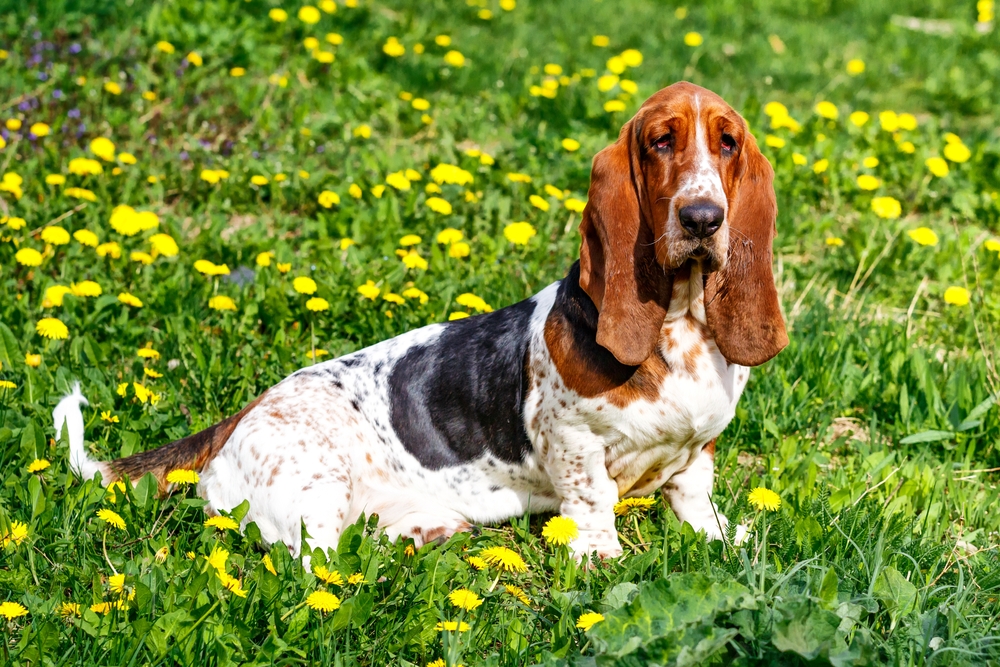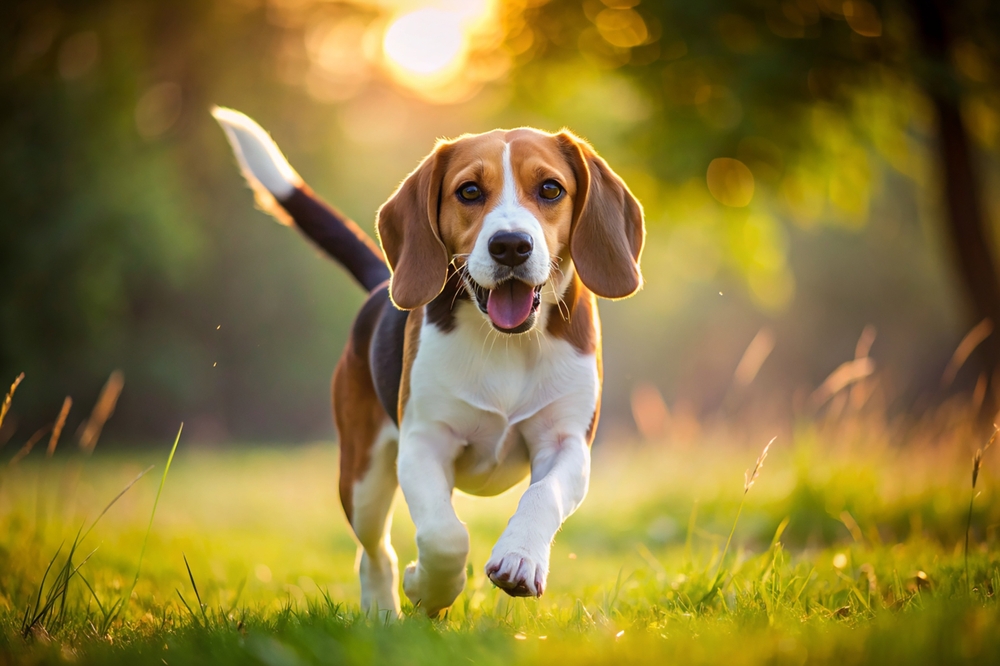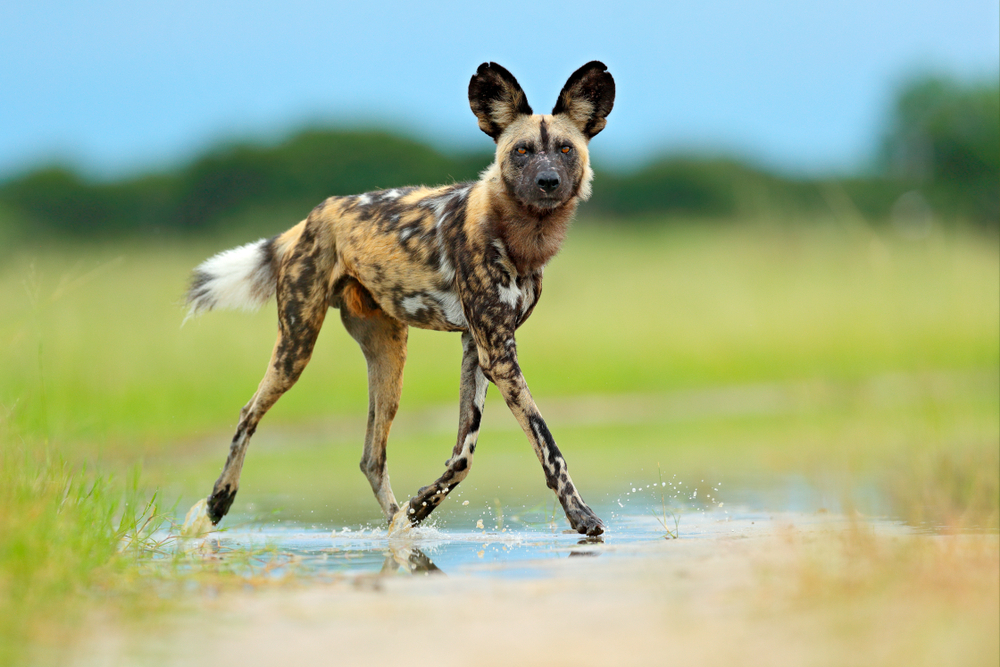The German Shepherd’s closest relatives are other herding breeds from Europe, particularly the Belgian Shepherdvarieties (Malinois, Tervuren, Groenendael, and Laekenois) and the Dutch Shepherd. They share similar ancestry, working abilities, and body structure, though each breed developed its own regional style and temperament.
About
The German Shepherd is one of the most versatile, intelligent, and loyal working dog breeds, renowned for its courage, trainability, and adaptability. Developed in Germany in the late 19th century by Captain Max von Stephanitz, the breed was created to excel at herding and guarding sheep. Over time, its exceptional intelligence and working ability made it a top choice for police, military, search-and-rescue, service, and protection work worldwide. The German Shepherd’s scientific name is Canis lupus familiaris, and it belongs to the family Canidae.
German Shepherds are large, well-muscled, and athletic, typically standing 22–26 inches (56–66 cm) at the shoulder and weighing 50–90 pounds (23–41 kg). They have a strong, proportionate build with a slightly elongated body, erect ears, and an alert, confident expression. Their dense double coat can be medium or long, most commonly in black-and-tan, sable, or all-black colorations. The breed’s powerful yet graceful movement reflects both endurance and agility.
Highly intelligent and eager to work, German Shepherds excel in advanced obedience, tracking, protection, and various dog sports. They are devoted to their families, protective without being unnecessarily aggressive, and generally good with children when properly socialized. Because of their high intelligence and energy, they require consistent training, mental challenges, and daily exercise to stay balanced and fulfilled.
German Shepherds are also valued for their versatility—equally capable as a loyal family companion or a disciplined working partner. While they do shed year-round, regular grooming helps maintain their coat’s health. With their combination of brains, bravery, and devotion, German Shepherds remain one of the most respected and popular breeds in the world.
Physical Characteristics
German Shepherds are large, athletic working dogs known for their versatility, strength, and intelligence:
Coat:
They have a dense double coat consisting of a straight, harsh outer coat and a softer undercoat. The coat can be medium or long in length, with colors including black and tan, sable, all black, or bi-color. The undercoat helps insulate them in both hot and cold conditions.
Face:
German Shepherds have a strong, chiseled head with a long, wedge-shaped muzzle and a black nose. Their medium-sized, almond-shaped eyes are dark and convey alertness and confidence. Ears are large, erect, and set high, giving a watchful and intelligent appearance.
Body:
They have a well-proportioned, muscular build with a deep chest, strong shoulders, and a slightly sloping topline from withers to hips. The hindquarters are powerful, allowing for explosive speed and agility.
Tail:
Bushy and carried in a slight curve when relaxed, the tail is set low and reaches at least to the hock. It may be raised slightly when the dog is alert or excited but is never curled over the back.
Size:
-
Length (Body): Approximately 35 to 40 in (89 to 102 cm) from chest to rump.
-
Shoulder Height:
-
Males: 24 to 26 in (61 to 66 cm)
-
Females: 22 to 24 in (56 to 61 cm)
-
Weight:
-
Adult Female: 50 to 70 lbs (23 to 32 kg)
-
Adult Male: 65 to 90 lbs (29 to 41 kg)
German Shepherds’ physical characteristics combine power, endurance, and intelligence, making them capable of excelling in a wide range of roles—from herding and search-and-rescue to police, military, and service work—while maintaining the balanced elegance that makes them one of the most popular breeds worldwide.
Reproduction
The reproductive cycle of German Shepherds follows the general domestic dog pattern, with emphasis on health, structure, and temperament for responsible breeding:
1. Mating and Courtship:
German Shepherds typically reach sexual maturity between 6 and 9 months, but ethical breeders wait until females are at least 18–24 months old and males are fully matured before breeding. Courtship usually involves playful interaction, scent exchange, and gradual acceptance between the pair.
2. Estrus Cycle:
Females generally come into heat twice per year, with each cycle lasting about 2–3 weeks. The most fertile period typically falls between days 9–14 of the cycle, though ovulation timing can vary.
3. Gestation:
The gestation period averages 63 days (about 9 weeks). Pregnant females should be provided with a nutrient-rich diet and moderate exercise to maintain muscle tone while avoiding stress. Veterinary monitoring helps ensure maternal and fetal health.
4. Birth of Puppies:
Typical litter sizes range from 6 to 9 puppies, though litters of 4–10 are possible. Puppies are born blind and deaf, relying completely on their mother for warmth and nourishment.
5. Care and Nurturing:
For the first 3–4 weeks, the mother nurses, cleans, and protects her puppies. Puppies open their eyes at about 10–14 daysand start walking shortly after.
6. Weaning and Socialization:
Weaning begins at around 4 weeks, introducing soft puppy food while gradually reducing nursing. Early socialization between 4–12 weeks is critical for German Shepherds, as they are intelligent and highly responsive to early experiences.
7. Independence:
By 8–10 weeks, puppies are generally ready for rehoming, though many breeders prefer to keep them until 12 weeks for further behavioral shaping and health monitoring.
Because German Shepherds can be prone to hip and elbow dysplasia, degenerative myelopathy, and certain digestive or pancreatic issues, responsible breeders perform genetic testing and orthopedic evaluations before mating to help ensure healthy offspring.
Lifespan
Lifespan in the Home Environment:
German Shepherds typically live 9 to 13 years, with most averaging around 10–12 years. Lifespan can be extended with proper diet, regular exercise, and preventative veterinary care.
Lifespan in Active or Working Roles:
German Shepherds in police, military, or high-intensity sporting roles often maintain excellent physical condition but may face increased joint wear and injury risk due to the demands of their work. With careful management, many working dogs still live well into their senior years.
Common Health Factors Affecting Lifespan:
-
Hip and Elbow Dysplasia: Can lead to arthritis and reduced mobility in later life.
-
Degenerative Myelopathy: A progressive spinal cord disease affecting coordination and movement.
-
Bloat (Gastric Dilatation-Volvulus): A life-threatening condition more common in deep-chested breeds.
-
Pancreatic Insufficiency: Can lead to chronic digestive issues if not treated.
-
Allergies and Skin Conditions: Can affect comfort and quality of life.
-
Heart Disease: May develop in senior years.
Ways to Maximize Lifespan:
-
Maintain a healthy weight through portion control and regular exercise.
-
Provide joint support supplements such as glucosamine and omega-3 fatty acids.
-
Feed a balanced, high-quality diet tailored to the dog’s activity level.
-
Schedule regular veterinary checkups with orthopedic and cardiac monitoring.
-
Monitor for early signs of digestive or spinal issues to address them promptly.
With attentive care, German Shepherds can remain active, loyal, and capable well into their later years, continuing to serve as both dedicated working dogs and loving family companions.
Eating Habits
Diet:
German Shepherds require a balanced, nutrient-dense diet formulated for large, active breeds. High-quality commercial kibble or fresh-prepared diets should provide lean animal protein (such as chicken, lamb, beef, or fish), healthy fats for sustained energy, complex carbohydrates for endurance, and essential vitamins and minerals. Because they are prone to joint issues, diets rich in omega-3 fatty acids, glucosamine, and chondroitin are beneficial.
Feeding Schedule:
-
Puppies (under 6 months): 3–4 small meals daily to support rapid growth and prevent digestive upset.
-
Adults: 2 evenly spaced meals per day to maintain steady energy and reduce the risk of bloat.
-
Seniors: 2 smaller meals daily with calorie adjustments to maintain a healthy weight while supporting joint and digestive health.
Eating Behavior:
German Shepherds are usually eager eaters, but some may be selective depending on their activity level and environment. Overfeeding can lead to obesity, which worsens joint strain and mobility issues.
Special Considerations:
-
Bloat Prevention: Feed in smaller, more frequent meals, avoid vigorous exercise before and after eating, and use slow-feeder bowls if needed.
-
Digestive Sensitivity: Some German Shepherds have sensitive stomachs and benefit from diets with easily digestible proteins and probiotics.
-
Joint Health: Nutrients like glucosamine, chondroitin, and omega-3 fatty acids support joint mobility, especially in active or aging dogs.
-
Allergies: Food sensitivities to grains, chicken, or beef can occur; limited-ingredient diets may be helpful in these cases.
Treats and Extras:
Healthy treat options include carrot sticks, apple slices (without seeds), blueberries, and small pieces of cooked lean meat. Avoid high-fat, salty, or sugary snacks, and keep toxic foods like chocolate, grapes, and onions out of reach.
A portion-controlled, nutrient-rich diet matched to their activity level helps German Shepherds maintain muscle tone, joint health, and steady energy throughout their lives.
Uniqueness
The German Shepherd is one of the most versatile and respected dog breeds in the world, with distinctive qualities that set it apart from others:
All-Around Working Dog:
Originally developed in Germany in the late 19th century, the breed was designed for herding and guarding sheep but quickly proved capable in a wide variety of working roles, including police, military, search-and-rescue, and service work.
Intelligence and Trainability:
German Shepherds consistently rank among the most intelligent dog breeds, capable of learning complex tasks, responding to subtle commands, and excelling in advanced obedience.
Loyalty and Protective Instinct:
Deeply bonded to their families, German Shepherds are naturally protective without being unnecessarily aggressive when properly trained and socialized.
Athletic Build with Stamina:
Their muscular, well-proportioned frame and endurance allow them to work long hours in challenging environments, whether in the field or on patrol.
Adaptability:
They excel in roles ranging from farm herding to urban service work and are equally at home as active family companions.
Cultural and Historical Significance:
The breed gained global recognition through Rin Tin Tin, a German Shepherd rescued during World War I who became a Hollywood star, further cementing the breed’s reputation for bravery and loyalty.
Distinctive Appearance:
Their erect ears, intelligent eyes, and noble stance give them a commanding yet approachable presence that is instantly recognizable.
The German Shepherd’s combination of intelligence, loyalty, versatility, and athleticism makes it one of the most admired and relied-upon breeds worldwide, equally valued as a working partner and a devoted family dog.
Be the First to Share Photos of This Species.
FAQ’s
1. What is the closest species to the German Shepherd?
2. How does the German Shepherd compare to other breeds?
German Shepherds are more versatile and widely used in working roles than most dog breeds, excelling in police, military, search-and-rescue, service, and sport work.
Compared to the Belgian Malinois, they tend to have a calmer, more deliberate working style, though they may require more grooming due to their thicker coat. They are more physically robust than many other herding breeds and combine athleticism with a steady, family-oriented temperament.
3. What national parks provide the best chances to see a German Shepherd?
German Shepherds are a domesticated breed and not found in the wild, but they are commonly seen in dog-friendly national and state parks where leashed pets are allowed, such as:
-
Glacier National Park (Montana) – Certain developed areas, picnic sites, and campgrounds allow leashed dogs.
-
White Sands National Park (New Mexico) – Dogs are welcome on all trails and dunes if leashed.
-
Devil’s Lake State Park (Wisconsin) – Offers pet-friendly trails and open areas for hiking.
Because of their high stamina and trainability, German Shepherds are often seen in parks with longer, more challenging trails where they can accompany their owners on extended hikes.



































































